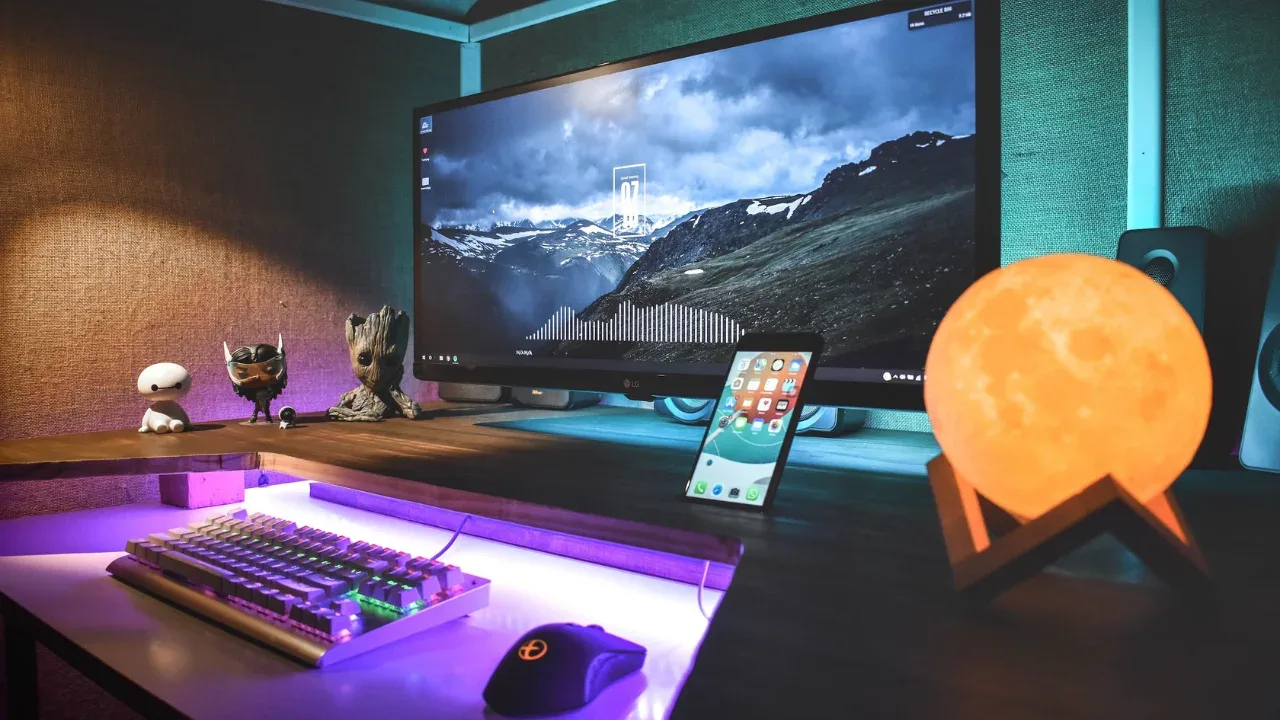How do I space out the child elements of a StackPanel?

How to Space Out Child Elements of a StackPanel 🌟
Are you struggling to create equally-sized gaps between child elements in a StackPanel, even when the child elements have varying sizes? 😩 Don't worry, we've got you covered! In this blog post, we'll explore easy solutions to this common issue, without the need to set properties on each individual child element. Let's dive right in! 🏊♀️💦
The Problem 🤔
Consider the following StackPanel with different-sized child elements:
<StackPanel>
<TextBox Height="30">Apple</TextBox>
<TextBox Height="80">Banana</TextBox>
<TextBox Height="120">Cherry</TextBox>
</StackPanel>You may notice that there are no gaps between the child elements, and they appear crowded together. The challenge here is to create evenly spaced gaps between these elements, regardless of their individual sizes. Can we achieve this without modifying each child element individually? Let's find out! 🕵️♀️🔍
The Solution 💡
To space out the child elements in a StackPanel, we can use the Margin property. By adding a margin to each child element, we can easily create the desired gaps between them. But how do we calculate the margin value? 🤷♀️
The trick is to set the VerticalAlignment property of the StackPanel to Stretch. This ensures that each child element expands to fill the available vertical space within the StackPanel. Next, we can set the Margin property of each child element to create the desired gaps. Here's the updated XAML code:
<StackPanel VerticalAlignment="Stretch">
<TextBox Height="30" Margin="0,0,0,10">Apple</TextBox>
<TextBox Height="80" Margin="0,0,0,10">Banana</TextBox>
<TextBox Height="120" Margin="0,0,0,10">Cherry</TextBox>
</StackPanel>In this example, we've set a bottom margin of 10 for each child element, creating a 10-pixel gap between them. Feel free to adjust the margin value to achieve your desired spacing.
The Result 🌈
By applying the aforementioned solution, we've successfully spaced out the child elements in the StackPanel. 🙌✨ Now, the child elements have evenly sized gaps between them, improving the overall visual appeal and readability of your UI.
Take it further 🚀
Here are some additional tips to enhance your spacing game:
You can apply the same margin value to the left, right, and top margins if you want equal gaps on all sides of the child elements.
Experiment with different margin values to achieve various spacing effects.
Consider using a
UniformGridinstead of aStackPanelif you need precise control over both vertical and horizontal spacing.
Conclusion 🎉
Spacing out child elements in a StackPanel can be a breeze when you know the right techniques! By using the Margin property and adjusting the StackPanel's VerticalAlignment, you can create equally-sized gaps between child elements effortlessly. Start applying these solutions to your XAML code and take your UI to the next level! 💪
If you found this guide helpful, share it with your fellow developers, and let's spread the knowledge! 📣🤝 If you have any questions or additional tips, we'd love to hear from you in the comments section below. Happy coding! 💻💡


